INFORMATIVE EDGES The first use for the selvedge is to see if the manufacturer decided to write anything on there. On wool fabrics, the percentage/quality of wool, or factory name, might be woven into the selvedge. It might say "Super 140's" or "Worsted" or "Pura Lana". On printed cotton, the colors of the print and copyright/pattern/other information might be printed on the selvedge. The selvedge might tell you the fabric is by "Robert Kaufman" or that it's part of a "Chantilly collection" or that there were five colors used in the print. Printed cotton also often has white selvedges, as the printed pattern doesn't go all the way to the edge. DECORATIVE EDGES Some selvedges have decorative or fuzzy edges, which are kind of neat, and can be used for trim on garments. Chanel was famous for using the selvedged edges of her fabric to make decorative trims on the outside of clothing. I have sometimes cut skirts on the cross grain so the selvedge served as a ready-made hem. USEFUL STRIPS Selvedges can be used in clothing construction anywhere that you might otherwise use non-stretchy tape:
Or the selvedges can be used as ties for random household uses. THRIFT OR HOARDING? Recently, my friend had a bunch of leftover selvedge after cutting a quilt backing. I rolled it all up and stuck it in a drawer with my bias tape, twill tape, hem facings, and lace trims. I know I will use it for something....
2 Comments
The Sister
5/21/2020 09:27:50 am
Perhaps the difference between thrifting and hoarding is that with thrifting, the items do have a specific purpose and will be used; with hoarding, the items often don't have a purpose (emotional/sentimental/guilt hoarding like receipts, take-out boxes, kids' old art projects, magazines, or clothes that don't fit anymore) or are never used for their purpose (tons of plastic bags, rooms of stashed food that is now rotting, thousands of pens that dry before being useful, etc). It is all about balance!
Reply
As a proponent of mental health, I approve de-stashing, living simply, and not hoarding. As an amateur historian, I collect the fruits of hoarding! When someone's grandma dies with a house full of "junk", I know there are treasures in there and I can learn from them. Weird dichotomy!
Reply
Leave a Reply. |
Karen Roy
Quilting, dressmaking, and history plied with the needle... Sites I EnjoyThe Quilt Index Categories
All
Archives
March 2024
|
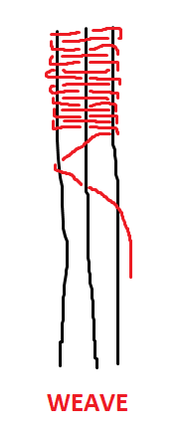
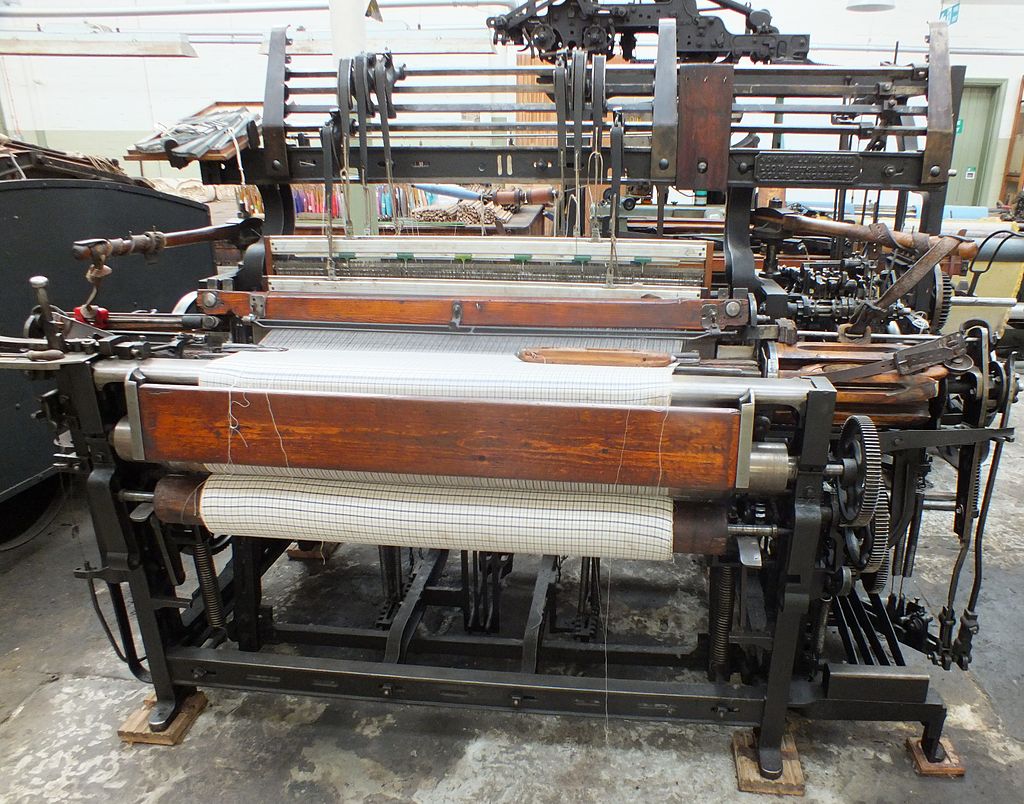
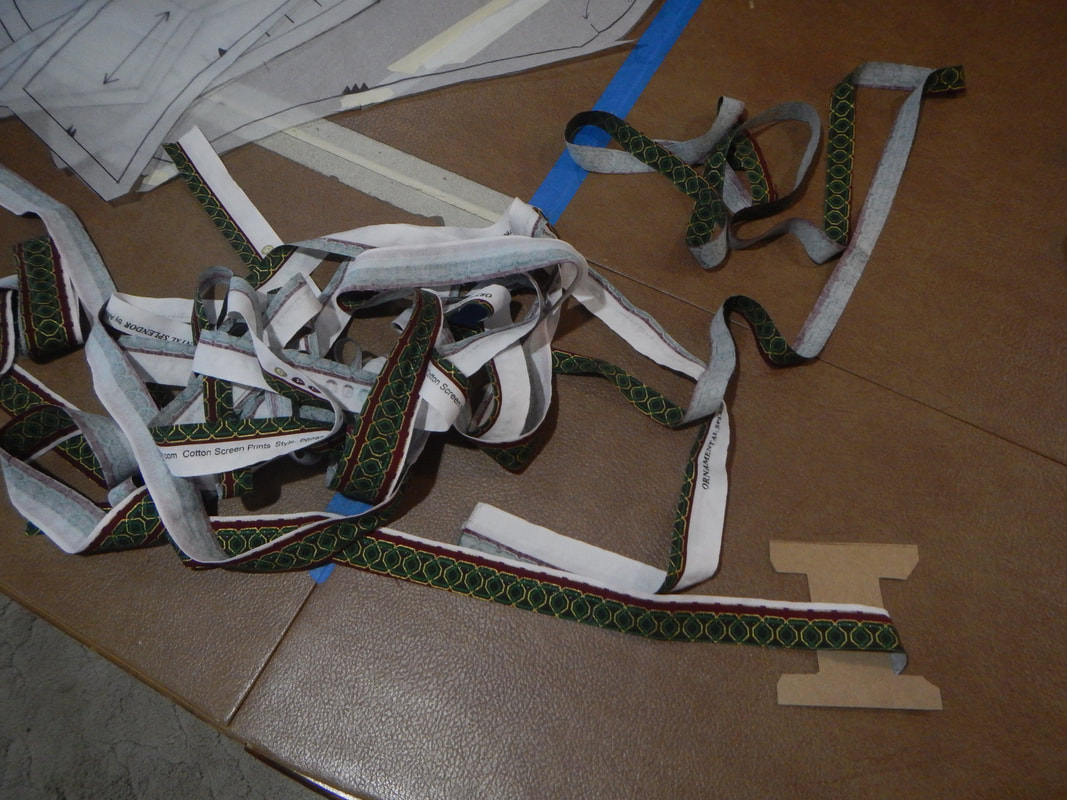
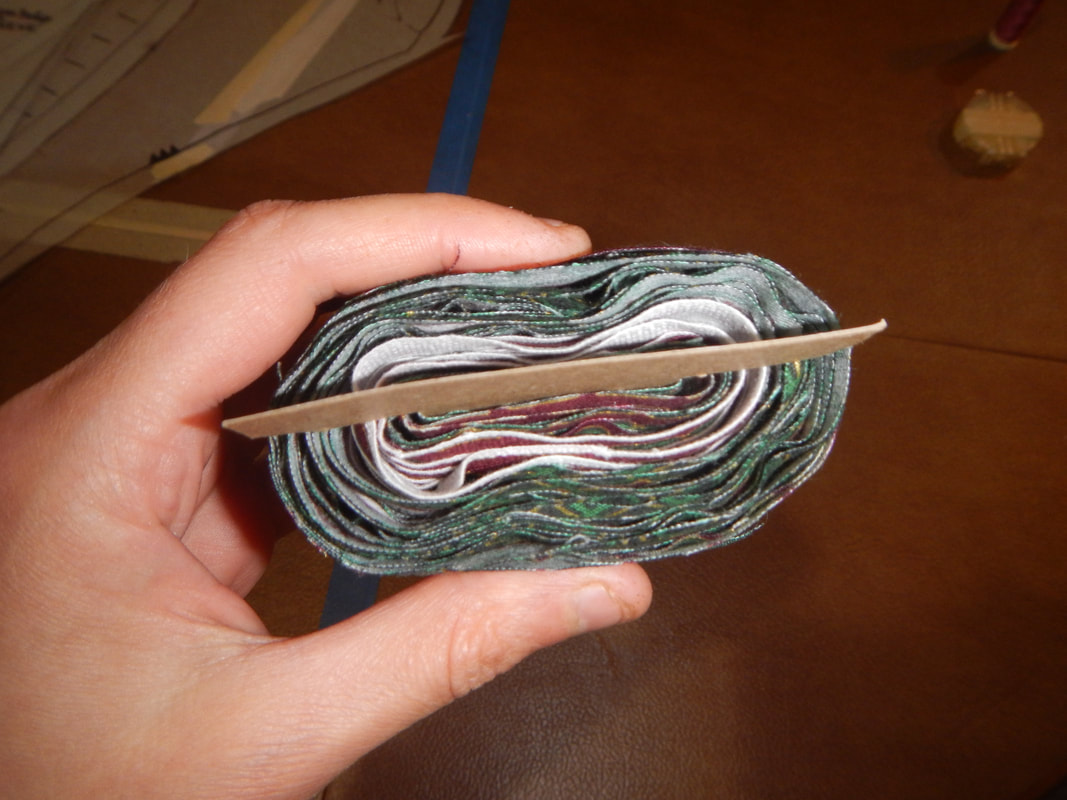
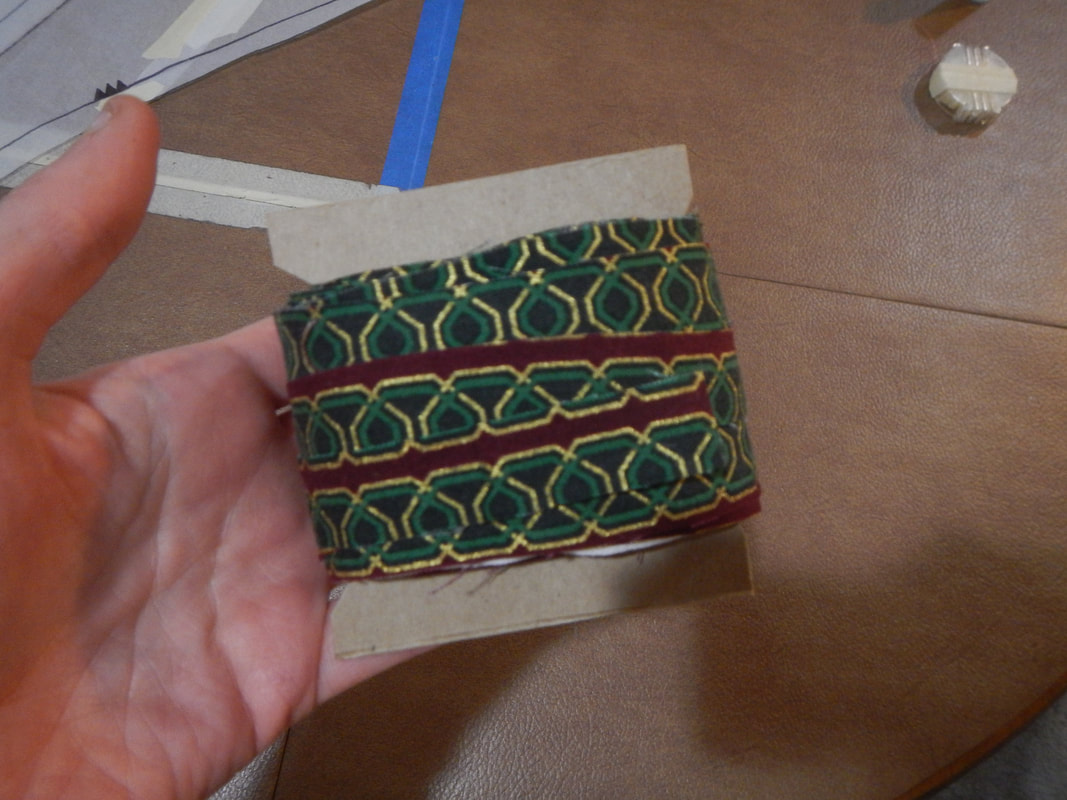
 RSS Feed
RSS Feed